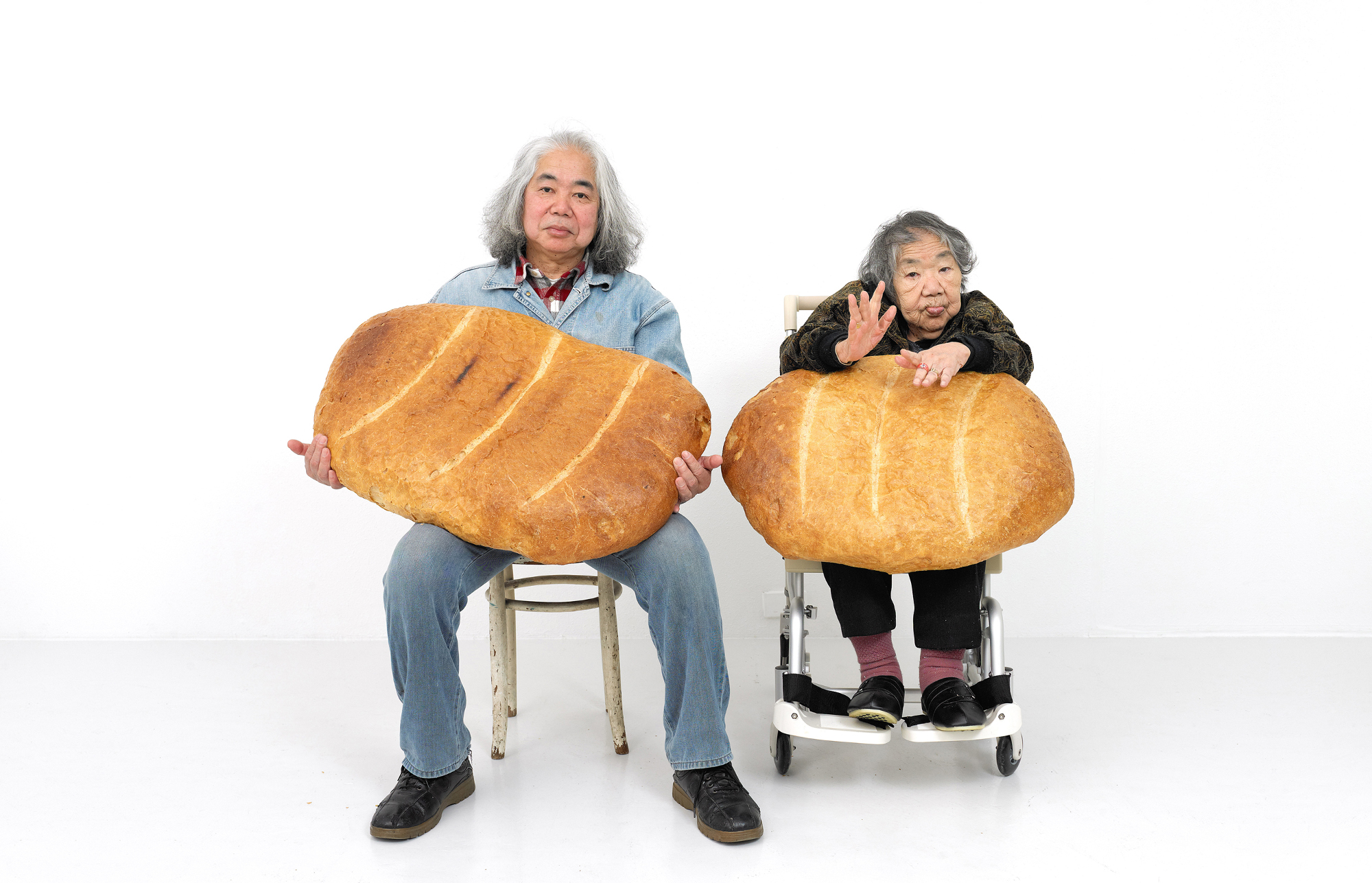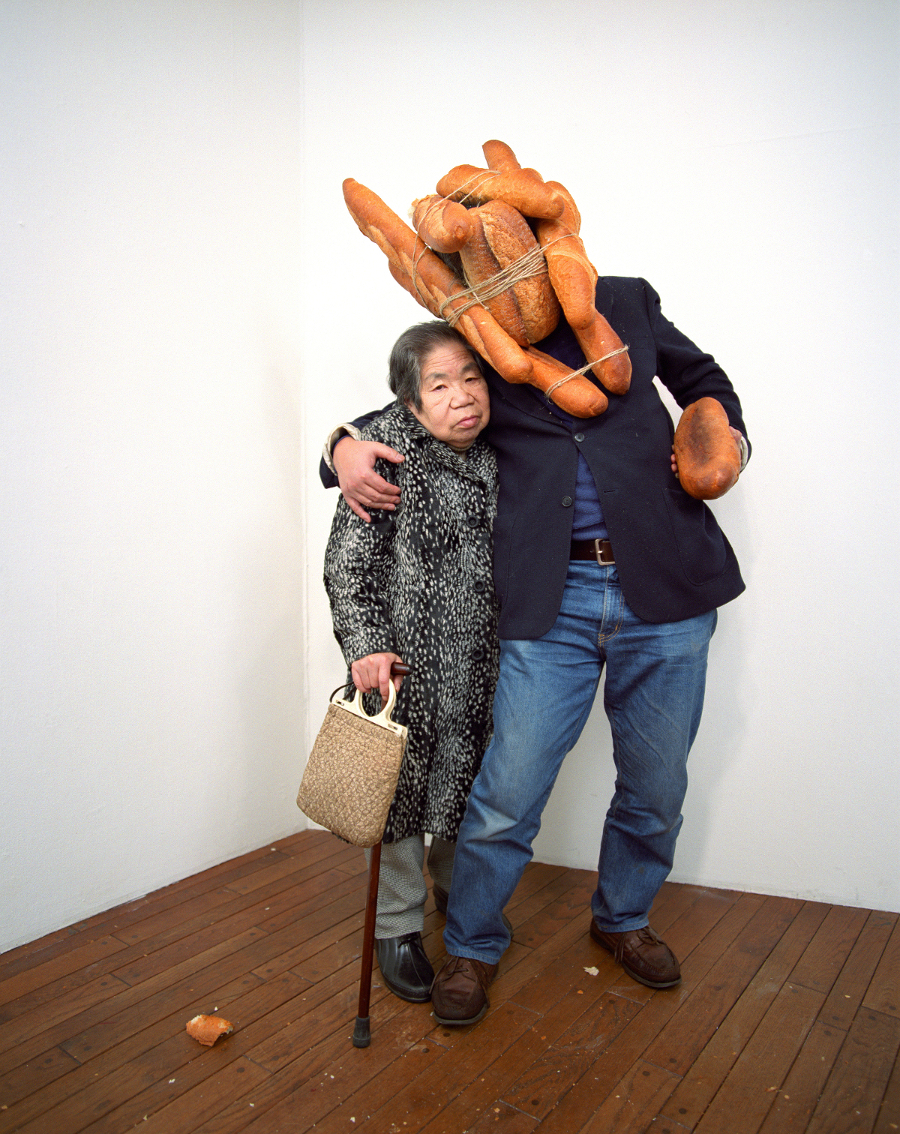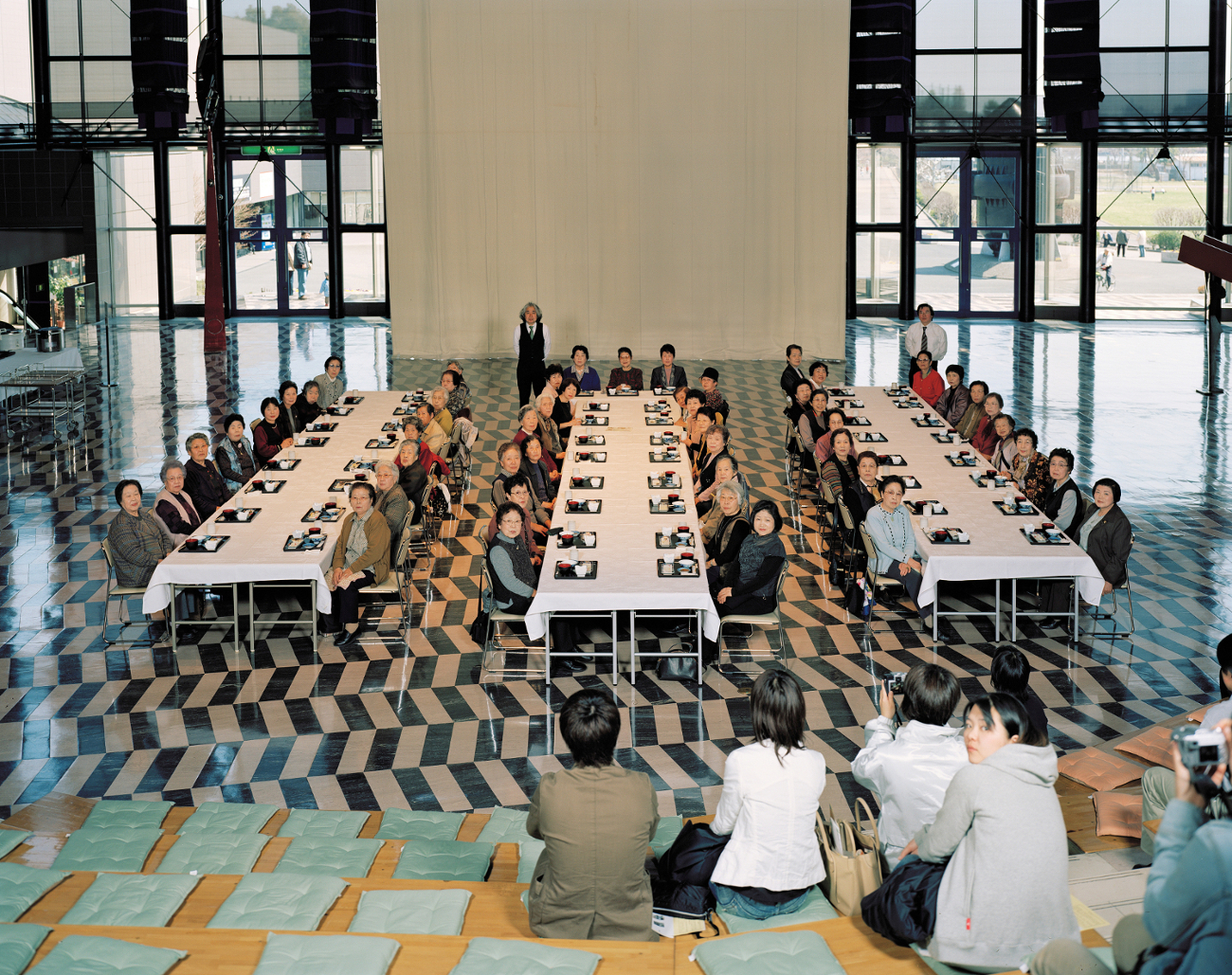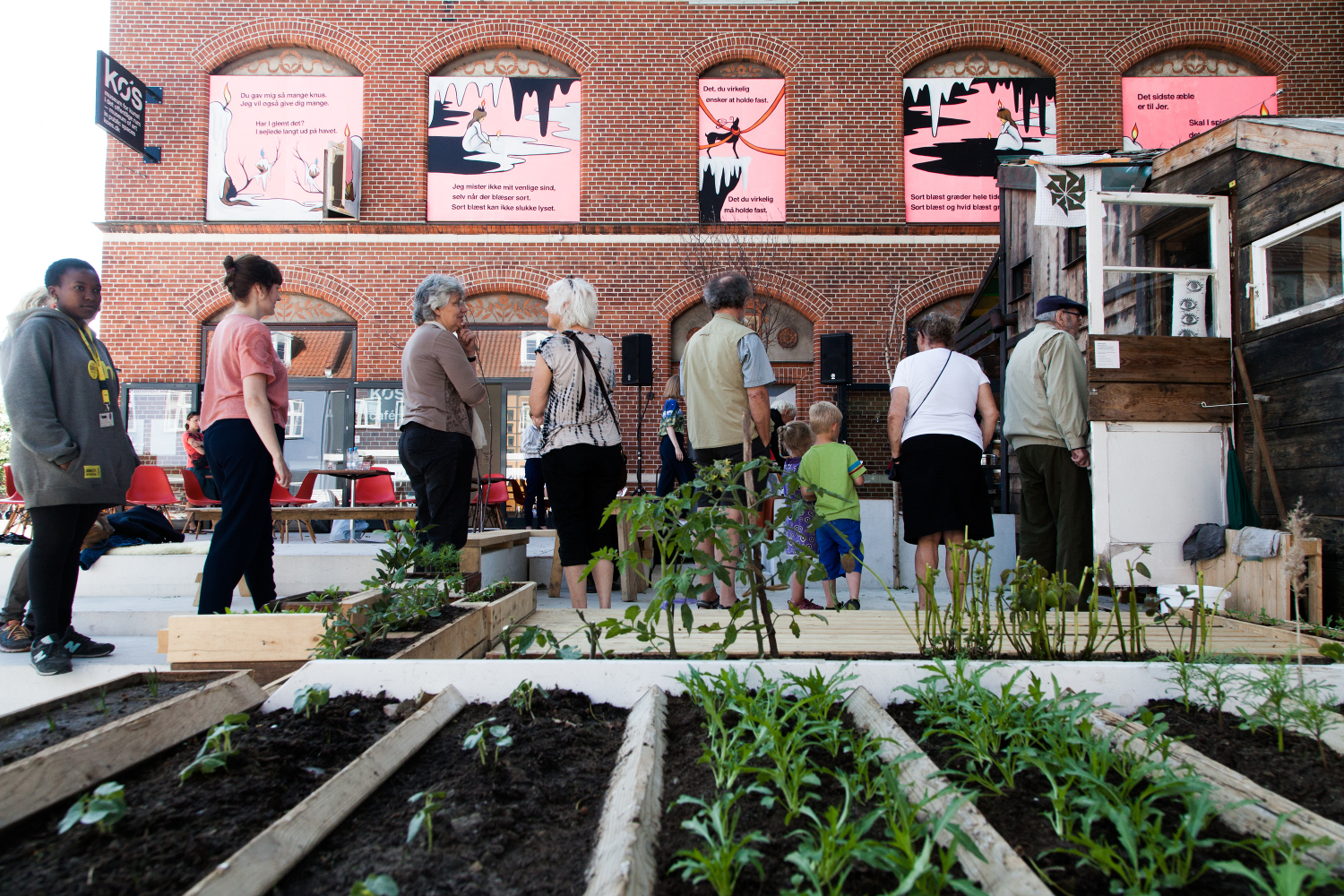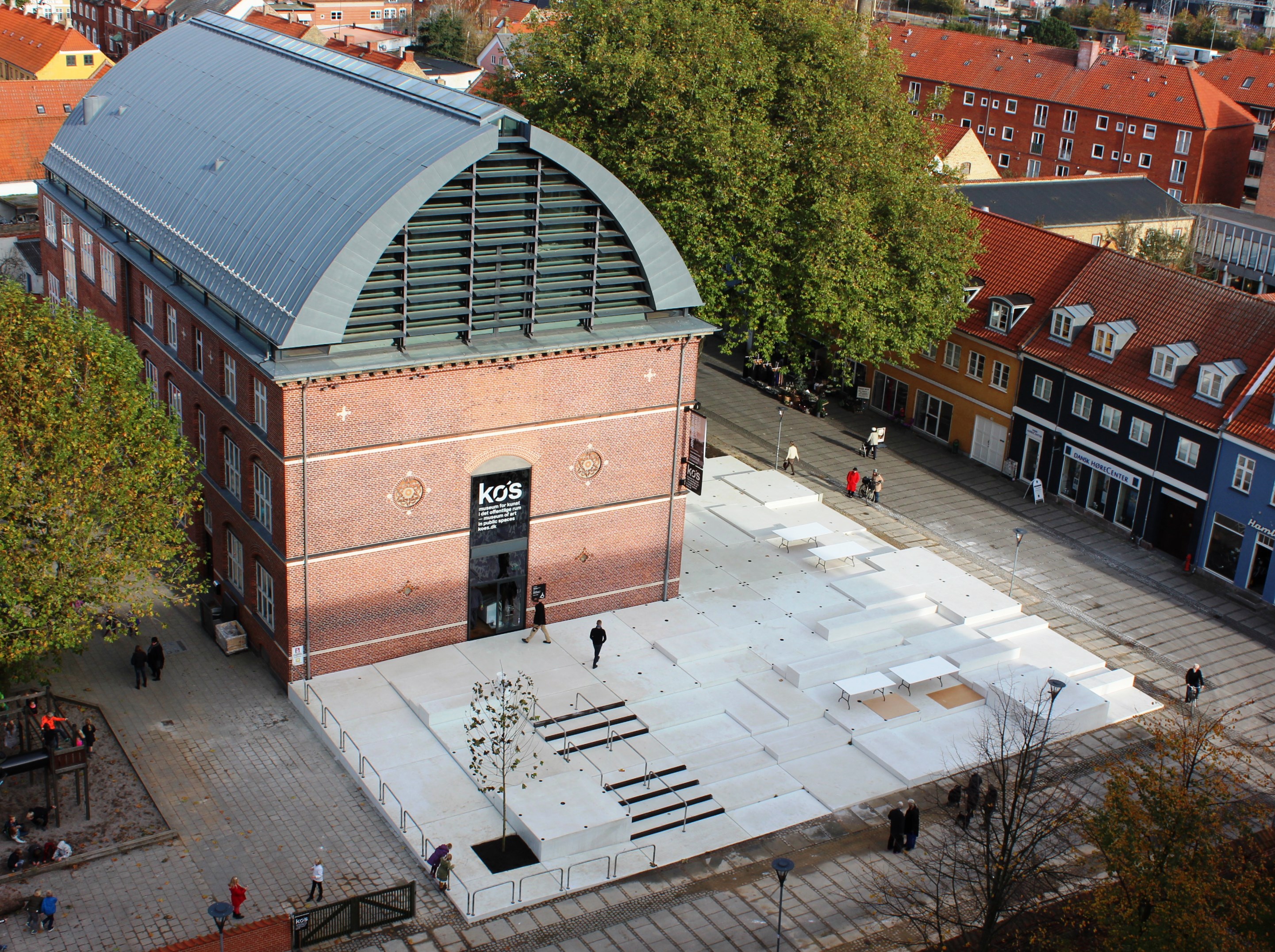Christine Buhl Andersen is Director at KØS, Denmark’s only museum to focus on art in public spaces. For CHART ART FAIR the Køge-based museum are holding a two-day festival dedicated to Japanese performance artist Tatsumi Orimoto.
Can you tell me a little about the two-day Orimoto Festival that will happen during CHART?
KØS’s Orimoto Festival at CHART and in Køge is part of the large-scale exhibition In your heart |In your city arranged by our museum. The exhibition features four active Japanese contemporary artists who belong to different generations, but all work with participatory art in public spaces: Chiharu Shiota, Takafumi Hara, Yukihiru Taguchi and Tatsumi Orimoto. When we realised that the scheduled time of Orimoto’s performances in Denmark coincided with CHART, we thought that a collaboration would be a wonderful choice, thereby involving him in this major Copenhagen art event.
What drew the museum to Tatsumi Orimoto as an artist?
Orimoto is a definite pioneer within performance art. In many ways he has been an avant-garde forerunner for some of the important strategies seen on the contemporary art scene today, internationally and in Japan. Thanks to the excellent relationship between the exhibition curator Tereza de Arruda and the artist, and thanks to Orimoto’s enthusiasm about the concept of KØS, which is one of the only museums in the world to be dedicated exclusively to public art, we were fortunate enough to persuade him to come all the way to Denmark.
As Director, how do you decide what kind of artists you’d like to work with and the kind of work you’d like to show? Are you quite reactive to public feeling?
The KØS museum has a very unique concept, focusing exclusively on art in public spaces. We are keen to create exhibitions of contemporary relevance; exhibitions that interest and engage people. We also want them to be based on new knowledge, insight and research, thereby qualifying and adding greater nuance to discussions of the role that art can play in public spaces. This also includes addressing the conflicts and opportunities that artists face when working in public spaces rather than in the more sheltered setting of art institutions.
How do you balance your programming of live work with collecting physical pieces?
When artists create projects for our exhibitions here – usually temporary works, but quite often some works are allowed to stay permanently – we have a firm strategy of always combining the experience offered by the works in public spaces with the opportunity to also step inside the museum to immerse oneself in the context and process behind those works. The museum typically exhibits preliminary works, sketches, documentary film, photographs etc., and provides catalogues, while the works out in public spaces are presented by other means.
Your work overflows to the spaces outside the museum itself. Do you feel the influence of Copenhagen and Køge strongly on KØS’s output?
Køge is a city that is very much part of Greater Copenhagen: Køge is well connected to Copenhagen in terms of infrastructure and transport, and many people commute between the two cities. The museum obviously belongs to and services all of Denmark, so we work according to a strategy that encompasses initiatives with local, national and international scope, and which is very much based on being relevant to large audiences – not just in Køge, but in Copenhagen and elsewhere. We have completed plenty of projects that have involved us going on the road, not just to the heart of Copenhagen, but to the rest of Denmark too. For example, we conducted a nationwide tour of Denmark in 2014, visiting nine different memorials with our mobile stage, inviting guests and audiences to engage in discussions on the meaning and significance of monuments today.
How would you describe the art scene in Copenhagen — and Denmark more widely — right now?
To my mind, Copenhagen is experiencing a kind of golden era at present – not just within the visual arts, but also thanks to a vibrant cultural scene that encompasses music, urban development, festivals of film, fashion and architecture. Of course the city has also benefited from Danish television dramas such as Borgen and The Killing, which have created quite a lot of hype around the city abroad. I think we still suffer the effects of a lack of political willingness to support our contemporary art institutions (kunsthalle), but the issue is receiving plenty of attention, and there seems to be a general awareness throughout the food chain of art of the importance of our kunsthalle scene. Fortunately, our museums and commercial galleries enjoy strong positions. Most importantly of all, we have now produced several generations of brilliant Danish artists that are also making their impact on the global art scene.
And finally, which young artists are especially exciting you right now?
Having to single out specific artists over others is very difficult indeed, for there are so many exciting artists around – both the very young and others who have made greater inroads in their careers. But I can tell you that at KØS we have invited Lea Porsager, Tove Storch and Ann Lislegaard to create new works for our outdoor space in the heart of Køge this autumn, and of course we have done so because we think they’re hugely interesting artists. Lea Porsager and Tove Storch have enjoyed meteoric beginnings to their careers quite early after they graduated from the Royal Danish Academy of Fine Arts.
The Orimoto Festival, presented by the KØS Museum and CHART ART FAIR 2016, will take place from 26 – 27 August 2016. CHART runs from 26 – 28 August at Kunsthal Charlottenborg. ‘In your heart | In your city’ at the KØS Museum runs until 4 September.
